How to Treat Nasolabial Folds with Filler: Specialist Advice
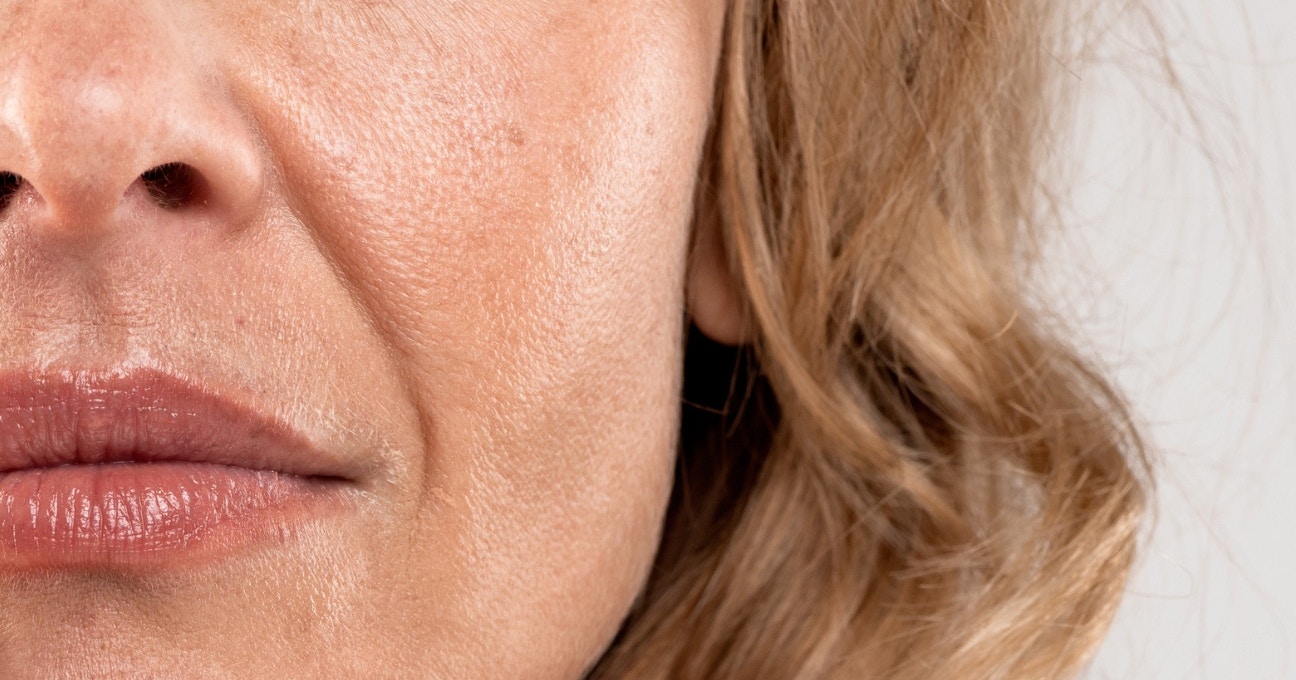
Enhance your knowledge of how to treat nasolabial folds with filler!
We sat down with Dr Janine Rothburn for her specialist advice on nasolabial fold filler techniques.
Dr Janine is a clinical trainer at Harley Academy and a specialist in cosmetic botox and filler treatments. Learn her top tips for treating nose-to-mouth lines and the common mistakes to avoid here.
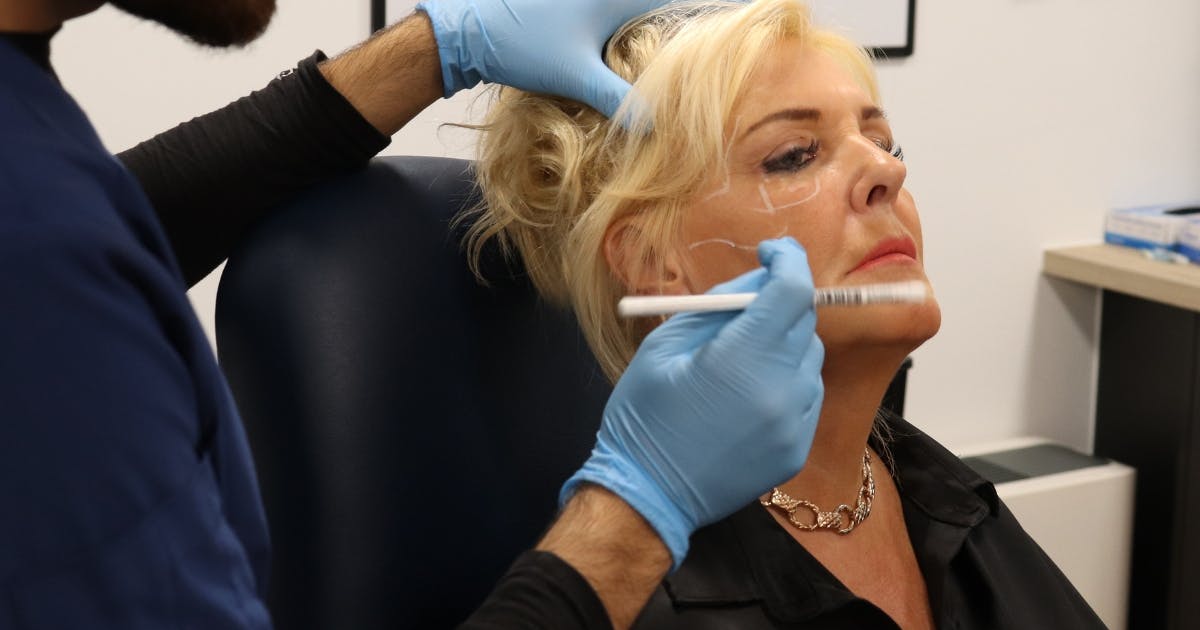
What are nasolabial folds?
Nasolabial folds are nose-to-mouth areas of the face. They have an overhang of soft tissue over a valley, creating a fold-like appearance. There’s some debate around whether these are considered a mid-face or lower face filler treatments.
They may be present at birth, but can often be a result of ageing. As you lose bone, fat, collagen and elastin, your mid-cheeks flatten. Gravity then acts, pulling down remaining fat in their fixed compartments. This descent can create folds in your nasolabial region. Additionally, you may have skin changes that cause wrinkles in this region.
You’ll often find these occur on both sides of the face, though one side may be more prominent. People are rarely symmetrical!
Nasolabial folds are often confused with marionette lines. Marionettes form at the corners of the mouth, extending down towards the chin. Conversely, the nasolabials run from the nose - ‘naso’ - down to the corners of the mouth, or lips - ‘labial’.
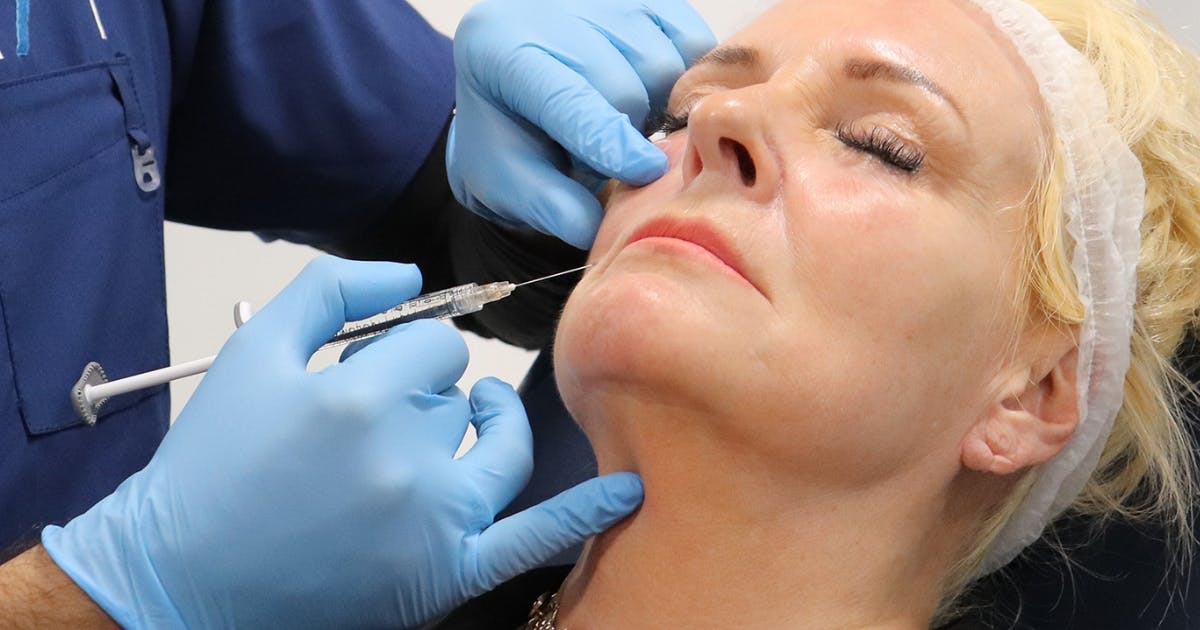
How do you mark up for nasolabial fold filler?
To start, Dr Janine advises, “Always mark up your patient when they are in the upright position. When marking up for the nasolabial folds, identify the hypertrophy of the fat pad - this is the ‘no-go zone’.
“We only want to add volume medially to this area, to soften the appearance of the fold.”
Injection techniques for treating nose-to-mouth lines directly
Dr Janine explains that “if you’re treating the nasolabial folds directly, a 25G cannula is the safer technique to use.
“We want to be injecting in layer two - this is where the facial artery lies. A cannula should be used to reduce the risk of any adverse vascular event.”
As you become more experienced, you may also treat more superficial lines in the region subdermally. For this you’ll be using a soft product with a needle to finesse your result.
What type of filler product works best in this region?
“A soft-to-medium dynamic hyaluronic acid-based filler is best suited to treat the folds directly,” she guides. This would be a product with good viscoelasticity - a low-to-medium G prime, depending on the severity of the fold.
The reason for this is nicely explained by Dr Moon Siop Choi, in their article, Basic Rheology of Dermal Filler. This was published in the Archives of Plastic Surgery journal in 2020.
He writes, “Two aspects need to be considered to improve nasolabial fold problems. First, the deep part should be considered because of the premaxillary depression. Therefore, a moderate to high G’ filler is needed for the area to be volumised in order to avoid effects from compression and shear force.
“However, because it is also necessary to improve superficial wrinkles, a smooth filler should be selected with properties such as moderate cohesivity and a moderate G’. A high G’ or large-particle filler is generally not used in this area due to the risk of visualisation on the surface.”
Please be aware that this advice does need to be interpreted with your individual case in mind. It always depends on what issue predominates the clinical picture.
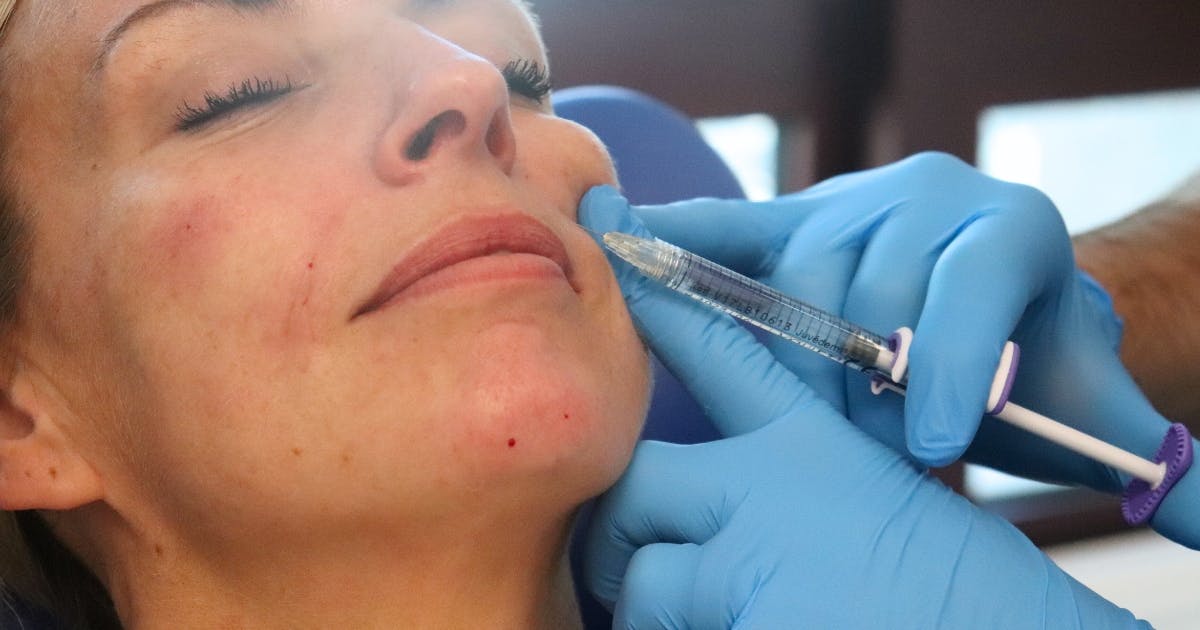
Using piriform fossa filler treatments to manage nasolabial folds
“Piriform fossa treatments should always be considered when assessing patients for nasolabial fold filler,” Dr Janine clarifies.
This is an area predisposed to premaxillary depression as referenced in the above article. It’s often treated before the actual nasolabial fold itself.
Where is the piriform fossa?
She tells us, “The piriform fossa is the triangular region found at the top of the nasolabial folds. It increases in size due to maxillary bony resorption and recession.
“Some patients may think they need nasolabial treatment, but actually, they’d benefit from some deep volume to the piriform space.”
Treating this area can mean using less or no treatment in the nasolabial fold area itself.
Can the piriform fossa and nasolabial folds be treated together?
“The piriform fossa and nasolabial folds can often be treated together. For example, you could use a 25G cannula in layer four to treat the piriform fossa. Then you could reposition the cannula in layer two and place some filler medial to the fold, to soften the folds.”
Gain confidence in piriform fossa and nasolabial treatments
If this is an area you struggle with or would like more training on, we have you covered.
You’ll learn all about treating the piriform fossa and nasolabial folds in our Cheeks, Mid-Face & Lower Face Filler Masterclass.
Not only will you sharpen your injecting skills and treat your own patients under supervision, you’ll also develop your anatomical knowledge. Each session is led by a specialist, so you know you’re getting the very best aesthetics training that’s tailored to your level. When you leave you’ll be fully prepared to tackle nasolabial folds with conviction!

Common mistakes aesthetics practitioners make treating nose-to-mouth lines and how to avoid them
Dr Janine outlines two common mistakes new injectors make when treating nasolabial folds…
How to prevent overfilling the nasolabial folds
“The most common mistake made when treating this area is overfilling the fold. This can
increase its size and make it look heavier, which is not a desirable aesthetic.”
You can minimise the risk of overfilling by developing your knowledge of facial anatomy, product rheology and injection techniques. Whilst you’ll learn how to treat the nasolabials on your Foundation Training in Botox & Dermal Fillers course, we recommend further education to familiarise you with the appropriate techniques here.
Your initial filler course will show you the basic treatment methods you need to get started in aesthetics. However, it’s advisable to follow this up with further learning. This should provide you with a more detailed understanding and practical mentoring to build your confidence.
Our Level 7 Diploma in Botox & Dermal Fillers course is a great option here as it’s more involved. It includes plenty of one-to-one mentoring where you never share patients. You'll essentially run your own clinic with the support and guidance of a dedicated clinical mentor each time.
Avoiding treating in the wrong order
“Another mistake is addressing the nasolabial folds directly before the mid-face volume loss has been addressed.
“My advice is to restore volume loss in the mid-face first before directly treating them. This can often soften the appearance of the folds.”
You can then go on to treat the piriform fossa if required and then treat the nasolabial fold itself. Further refinement will then be achieved by managing fine lines in the region with skin boosters.
Consider other treatments to refine results
Dr Janine goes on to suggest that “you can combine multiple treatments with nasolabial fold filler injections”.
Apart from skin boosters, you may consider using chemical peels, microneedling and energy-based devices. These options can help to refine skin quality and address skin laxity.
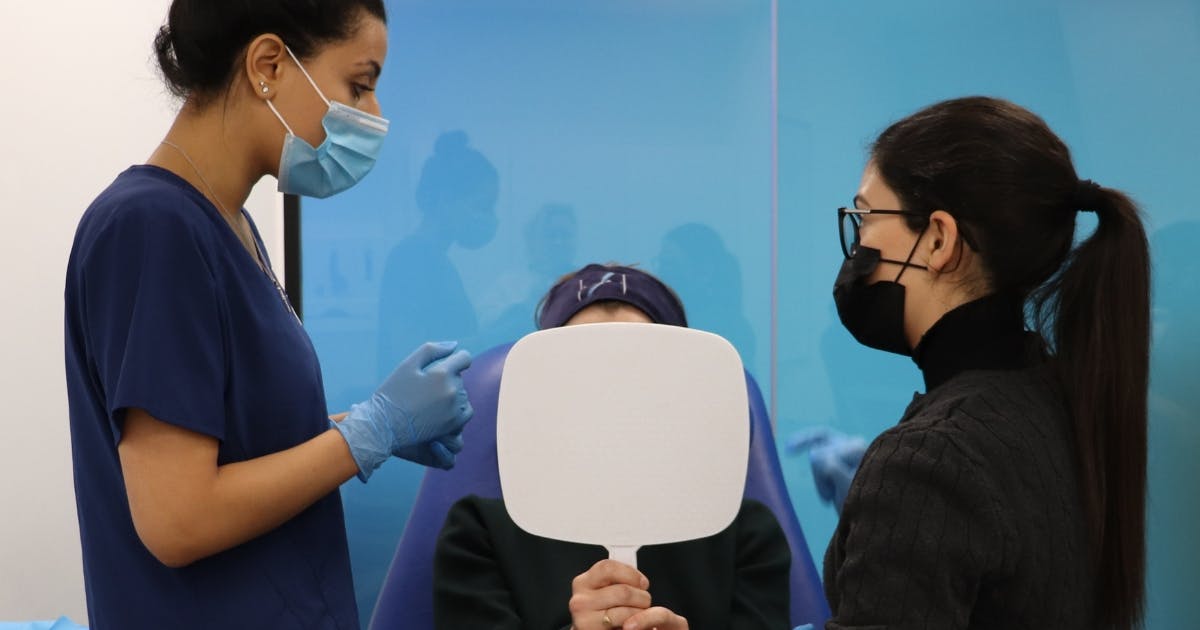
Get information on filler courses near you with Harley Academy
We pride ourselves on providing the highest standard of aesthetics courses for healthcare professionals, including our flagship JCCP-approved and Ofqual-regulated postgraduate level qualification - the Level 7 Diploma in injectables.
So whether you’re looking to start from scratch or simply want to upgrade or refresh your knowledge of specific techniques, such as nasolabial fold filler, we can help.
If you’re a doctor, dentist, nurse, clinical pharmacist or dental therapist looking to kick off your medical aesthetics career the right way, schedule a call with our Course Advisors. Their knowledge will guide you to the right course, keeping your goals at the forefront.
All information correct at the time of publication
Download our full prospectus
Browse all our injectables, dermal fillers and cosmetic dermatology courses in one document
By submitting this form, you agree to receive marketing about our products, events, promotions and exclusive content. Consent is not a condition of purchase, and no purchase is necessary. Message frequency varies. View our Privacy Policy and Terms & Conditions
Attend our FREE open evening
If you're not sure which course is right for you, let us help
Join us online or in-person at our free open evening to learn more
Our Partners














STAY INFORMED
Sign up to receive industry news, careers advice, special offers and information on Harley Academy courses and services

